

Michael Okun, M.D. discusses understanding Parkinson’s causes, advancing care models and inspiring future treatments.
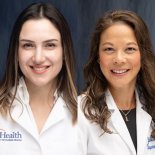
In this episode, we dive into the importance of bone health for patients undergoing spinal surgery, emphasizing how osteoporosis can impact surgical outcomes. We explore the benefits of establishing a bone health clinic where endocrinologists and spinal neurosurgeons collaborate to provide comprehensive care, improving both bone strength and recovery. Tune in to learn how better bone quality can lead to enhanced surgical success and long-term healing.

Preventing Overuse Injuries: What Parents Need to Know
This episode dives into the critical issue of overuse injuries in adolescent baseball pitchers. Dr. Ryan Roach discusses key risk factors, the importance of proper mechanics, and actionable advice for parents and coaches to help keep young athletes safe.
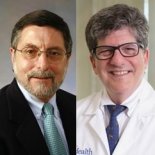
In this episode, Drs. Friedman and Bova help listeners understand the radiosurgery paradigm, discuss the kinds of tumors that can be treated with radiosurgery, and explain the role that UF Health has played in the development of radiosurgery.

In this interview, Drs. Scali and Spratt discuss how the historical norms are being challenged for connective tissue disease patients (CTD) and endovascular repair.

In this episode, Drs. Beaver and Xiang provide an introduction of new treatment options for IST: Inappropriate Sinus Tachycardia.

The panelists review common conditions leading to pediatric intestinal failure. They will also discuss the importance of multidisciplinary care that children receive as patients of the UF Pediatric Intestinal Rehabilitation Program.
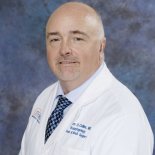
Untreated obstructive sleep apnea in children can be associated with growth, developmental, and cardiopulmonary complications. Surgical options to treat OSA in children are constantly evolving, from not only new techniques on the traditional adenotonsillectomy to newer surgical techniques in older children.
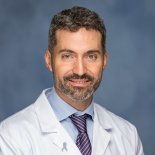
In this podcast, Tarik Benidir, M.D., a urologic oncologist at UF Health, argues that focal therapy is revolutionizing the treatment of prostate cancer. He emphasizes the importance of patient selection criteria, potential risks and benefits, and optimal treatment pathways. Stay ahead of the curve with the latest updates on focal therapy techniques, such as cryotherapy, HIFU, and irreversible electroporation, showcasing how they can change patient experiences and treatment results.
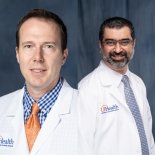
In this episode, Drs. Konecny and Syed discuss state of the art treatments of sleep apnea and heart disease at UF Health, including identifying high rates of sleep apnea in patients with cardiovascular disease, understanding the difference between obstructive sleep apnea and central sleep apnea, identifying the limitations of traditional treatments for sleep apnea in cardiovascular patients, the phrenic nerve stimulator as an alternative treatment for central sleep apnea, and the collaboration between sleep medicine and cardiology to lead to successful treatment.
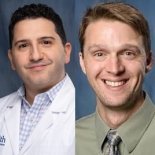
In this episode, Drs. Ataya and Justice provide an overview of diagnostic criteria, workup evaluations, and medical treatment, including surgical options, for HHT nosebleeds. They also discuss future direction of HHT research and treatment options.

In this interview, Dr. Norrell provides key information about children with neuromuscular disorders, such as cerebral palsy, spina bifida, hereditary spastic paraplegia, chromosomal disorders, and children with gait abnormalities, such as toe-walking. This is great content for physical therapists, primary care physicians and neurologists who may be interested in having their patients evaluated for improved coordination and optimization of care.

Dr. Austin Lam identifies considerations to employ when assessing reconstructive options for aerodigestive tract defects and other soft tissue defects within the head and neck, describing advantages and drawbacks of various commonly employed free tissue options and how to select the most ideal free flap for a given defect.
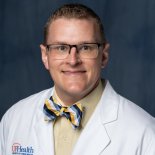
Cardiac amyloidosis used to be a disease with no treatment and poor outcomes. Now we have new treatment options, new ways to make the diagnosis, and much improved outcomes. Unfortunately, this disease is still very under-diagnosed, often until patients are in the late stages of the disease. Dr. Parker shares a brief update on how cardiac amyloidosis develops, and how it's diagnosed and treated in the modern era.
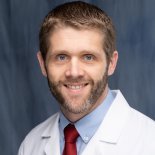
Jonahtan Wright, MD reviews the effect of smoking on functional outcomes and implant survival of anatomical total shoulder arthroplasty. He and his team sought to compare functional outcomes and survival between non-smokers, former smokers, and current smokers who underwent anatomical total shoulder arthroplasty (aTSA) in a large cohort of patients. Our study suggests that smoking has a negative effect on aTSA functional outcomes that may persist even after quitting.
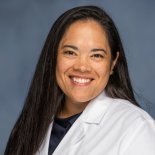
We discuss some of the main urologic goals for our pediatric patients with spina bifida. In addition to different treatment options and management considerations, we address the importance of multidisciplinary care.
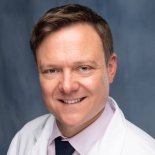
Thomas Schrepfer, M.D., discusses what sialendoscopy is, how it works as a minimally invasive technique, and the benefits and limitations in treating salivary gland disorders.
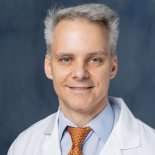
Salvatore Scali, MD, provides a contemporary perspective on aortic surgery training will be discussed highlighting current case volumes and future projections among training programs in the United States. The barriers to open aortic surgical training and potential opportunities that are available to offset these challenges longitudinally will be discussed.
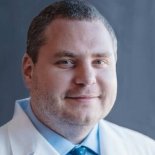
ECPR is a treatment option for patients who otherwise would face near-certain death. It involves the use of a machine that temporarily takes over the function of the heart and lung.
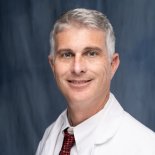
Jeffrey Friedman, MD, FACS, FASMBS, discusses gastroparesis, a challenging condition where the stomach’s delayed emptying triggers discomforting symptoms like nausea, vomiting, bloating, and abdominal pain. He explores how precise diagnostic tests and a range of treatment options, from dietary changes to advanced surgical solutions, can offer relief and improve quality of life.